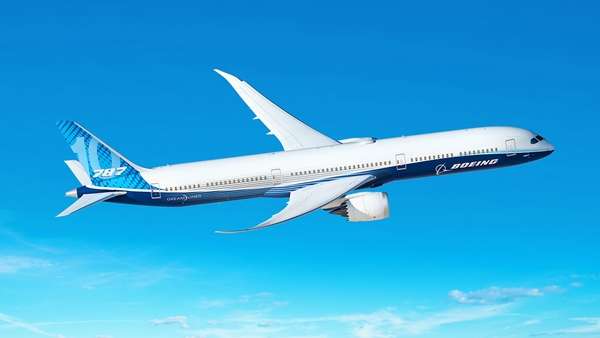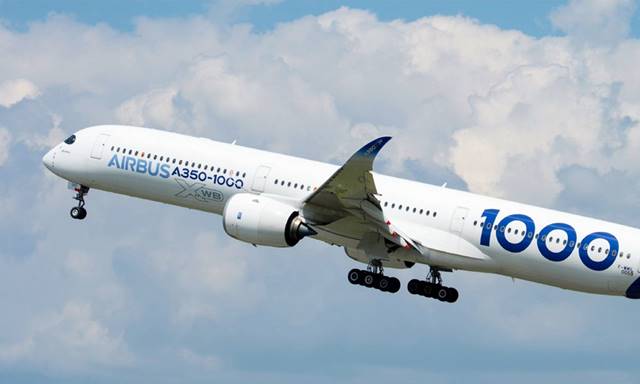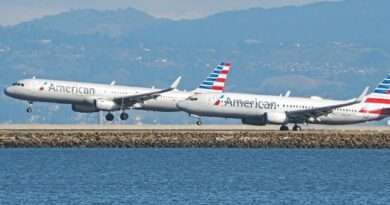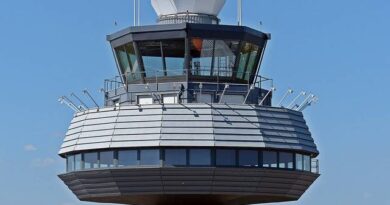Boeing 787 Dreamliner vs. Airbus A350 XWB: A Comprehensive Comparison of Next-Generation Wide-Body Aircraft
The Boeing 787 Dreamliner and Airbus A350 XWB are industry leaders in modern aviation. These next-generation wide-body aircraft are renowned for their efficiency, passenger comfort, and advanced technology. Airlines worldwide consider them ideal choices for long-haul operations. This article provides a detailed comparison of their features, benefits, and performance.
Introduction: The Future of Aviation
The Boeing 787 and Airbus A350 were designed to revolutionize air travel. Their lightweight materials, fuel-efficient engines, and cutting-edge aerodynamics have reshaped the industry. These aircraft compete for dominance in the lucrative long-haul market. Airlines face tough decisions when choosing between them, as each model offers unique strengths.


Design and Construction
Boeing 787 Dreamliner
The 787 Dreamliner is a trailblazer in composite materials. Its fuselage is made of 50% carbon-fiber-reinforced plastic (CFRP). This reduces weight and improves fuel efficiency. Boeing offers three variants: the 787-8, 787-9, and 787-10, catering to different route profiles.
Key Features:
- Capacity: 210-330 passengers, depending on the variant.
- Range: Up to 7,530 nautical miles.
- Design: Sleek, pointed nose and distinctive raked wingtips.
Airbus A350 XWB
The Airbus A350 XWB (Extra Wide Body) also uses CFRP, accounting for 53% of its airframe. Its wider fuselage enhances passenger comfort. The A350 family includes the A350-900 and A350-1000 models.
Key Features:
- Capacity: 300-410 passengers.
- Range: Up to 8,700 nautical miles.
- Design: Rounded nose, curved wingtips, and signature six-window cockpit.
Cabin Comfort and Passenger Experience
Boeing 787 Dreamliner
Boeing prioritizes passenger well-being. The 787 features a lower cabin altitude of 6,000 feet, reducing fatigue. Larger windows with electrochromic dimming offer excellent views. Quiet engines minimize cabin noise.
Highlights:
- Higher humidity levels for increased comfort.
- LED mood lighting for a pleasant atmosphere.
- Optimized for 2-4-2 economy seating.
Airbus A350 XWB
The A350 emphasizes spaciousness. Its wider cabin allows for broader seats, even in economy class. Advanced air filtration and pressurization systems improve air quality. Airbus also integrates soothing LED lighting.
Highlights:
- Extra-wide economy seats, often in a 3-3-3 layout.
- Modern in-flight entertainment systems.
- Enhanced sound insulation for quieter flights.
Fuel Efficiency and Environmental Impact
Fuel efficiency is a critical factor in modern aviation. Both aircraft excel in this area, but subtle differences exist.
Boeing 787 Dreamliner
The 787 boasts a 20% reduction in fuel consumption compared to older models. Its General Electric GEnx or Rolls-Royce Trent 1000 engines deliver exceptional performance. Airlines benefit from lower operating costs.
Airbus A350 XWB
The A350’s Rolls-Royce Trent XWB engines are among the most efficient in the world. Combined with its lightweight design, the A350 reduces fuel burn by 25% over previous-generation aircraft. Its extended range also reduces the need for stopovers.
Operational Versatility
- Boeing 787 Dreamliner The 787 is ideal for “long and thin” routes. It enables airlines to connect secondary cities with direct flights. This flexibility has opened new markets for air travel.
- Airbus A350 XWBThe A350 shines on high-capacity routes. Its superior range makes it suitable for ultra-long-haul flights, like Singapore to New York. It’s a favorite for premium and high-density routes.
Cost Comparison
- Boeing 787 Dreamliner The 787 has a lower upfront cost. Airlines can choose from three variants to optimize their fleets. Maintenance costs are also reduced due to fewer parts in the composite structure.
- Airbus A350 XWB The A350 has a higher purchase price but offers long-term savings. Its greater capacity allows for higher revenue potential. Airbus also promotes reduced maintenance cycles.
Airline Preferences and Market Presence
- Boeing 787 Dreamliner The 787 dominates in fleet size. Major carriers like American Airlines, Qatar Airways, and ANA operate large fleets. Its versatility makes it popular among budget and legacy airlines.
- Airbus A350 XWB The A350 has secured a strong foothold. Airlines like Singapore Airlines, Cathay Pacific, and Delta Air Lines praise its range and comfort. It is increasingly preferred for premium routes.
Conclusion: Choosing the Right Aircraft
Both the Boeing 787 and Airbus A350 represent the pinnacle of aviation engineering. The choice depends on specific airline needs. The 787 excels in flexibility and operating costs. The A350 offers unmatched comfort and range.
Summary Table: Key Differences
| Feature | Boeing 787 Dreamliner | Airbus A350 XWB |
|---|---|---|
| Passenger Capacity | 210-330 | 300-410 |
| Range | Up to 7,530 nautical miles | Up to 8,700 nautical miles |
| Cabin Width | Narrower | Wider |
| Engine Options | GEnx, Trent 1000 | Trent XWB |
| Ideal Use | Long and thin routes | Ultra-long-haul premium routes |


